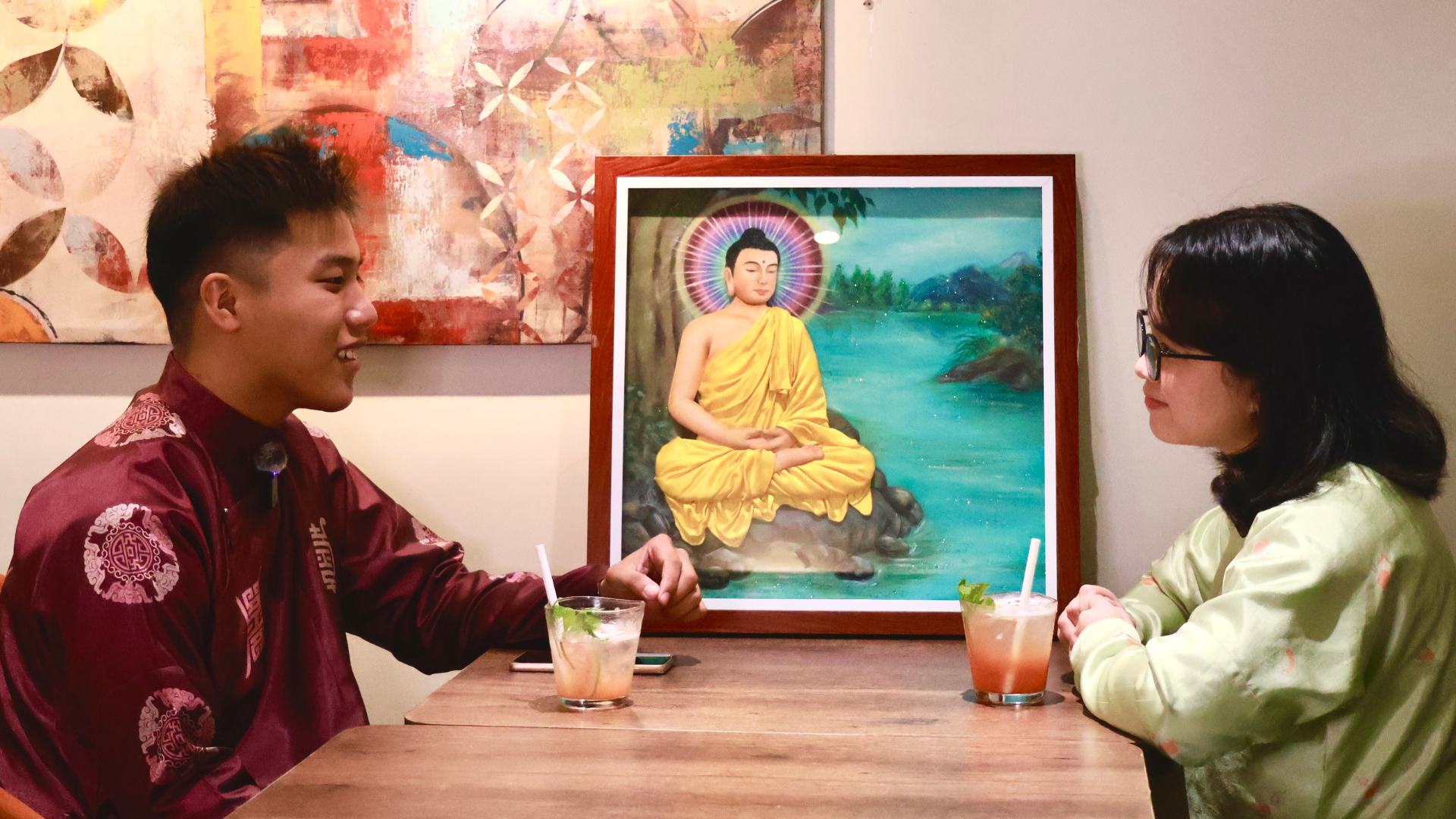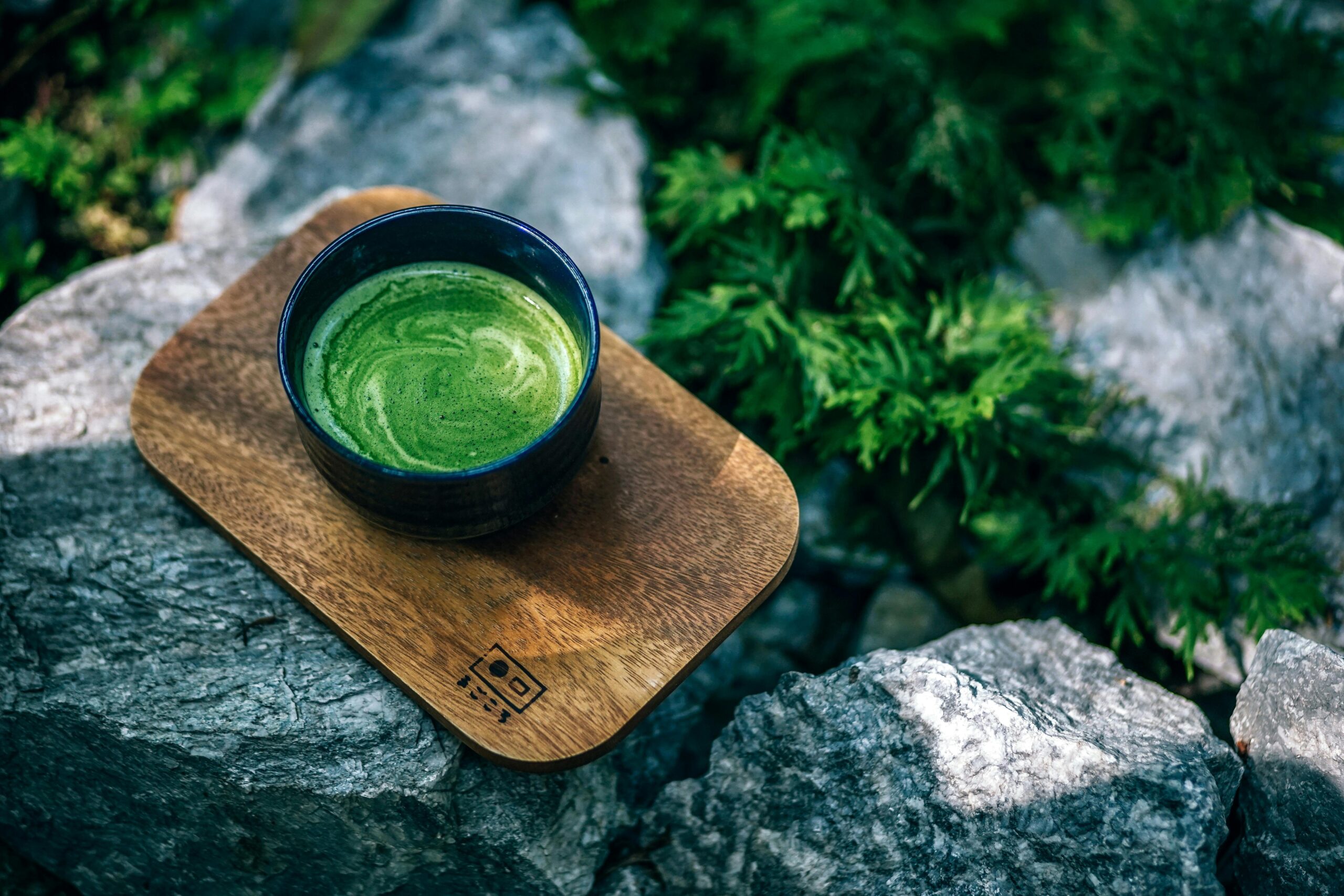From the beginning, music has played an important role in human life. Besides entertainment, music also reflects a person’s history and shapes their identity, connecting people from different cultures and languages.
Within the framework of Asian Heritage Week, this article will continue exploring Asian characteristics by delving into some prominent traditional music across Asia.
1. Don Ca Tai Tu (Southern Amateur Music)
A performance of Don Ca Tai Tu (Image Source: Bao Dan Toc)
Recognized by UNESCO as a World Cultural Heritage, Don Ca Tai Tu is a folk music combining singing with five traditional music instruments of Vietnam: đàn nguyệt (moon lute), đàn tranh (zither), đàn bầu (monochord), đần tỳ bà (pipa), and đàn tam.
This music is popular in the Mekong River Delta region, usually performed during festivals, wedding parties, or intimate meetings. The song’s theme is simple, familiar to Vietnamese farmers, and often praises the beauty of ordinary life.
2. Indonesia: Gamelan
Indonesia’s Gamelan (Image Source: UCSB)
Gamelan is the traditional orchestral music that originated from the islands of Java and Bali, Indonesia. It is characterized by its distinctive sound, created by gongs or various sets of tuned metal instruments that are struck with mallets.
Javanese mythology tells that Gamelan was created by the god Sang Hyang Guru – king of Java around 230 AD. He invented the gong to summon all the other Gods. Later, due to the need to convey more complicated oracles, the God added another pair of gongs, which were the original gamelan orchestra.
3. Nepal: Dohori Songs
Nepal men singing Dohori (Image Source: Ideastream)
Dohori, meaning “back and forth”, is a form of question-answer singing between men and women, performed with remarkable variations across the foothills of the Nepal Himalaya.
Dohori originated from the practice of negotiating love and marriage through song in rural Nepali hills, and now is sung in both rural and urban settlements, and even in the Nepali diaspora community. Clever lyrics and improvised responses make this genre highly appreciated.
4. Maldives: Boduberu
Maldivian performing Boduberu (Image Source: Bibee Maldives)
Boduberu is an ancient art form of the Maldivian people, characterized by the use of big drums made of coconut wood with goatskin drum heads.
Typically performed by a group of about 20 people, including drummers and a lead singer, Boduberu starts with a slow and meditative beat that gradually increases in tempo. The repetitive rhythm serves as a unifying force, bringing the audience to join the dance with performers. The Boduberu music also serves as an exciting experience for curious tourists when visiting the Maldives.
5. Mongolia: Khoomei
A Mongolian performing Khoomei (Image Source: UNESCO)
Khoomei – the Mongolian unique form of singing – was inscribed in the UNESCO Representative List of the Intangible Cultural Heritage of Humanity in 2010. The term “Khoomei” translates to “pharynx” and is believed to have been learned from birds, which hold significance in shamanic traditions. That explains the imitation of nature sounds as the main part of Khoomei.
Khoomei is performed by Mongolian nomads on various occasions, from grand state ceremonies, and herding activities to soothing babies to sleep.
6. Japan: Gagaku
Japan’s Gagaku (Image Source: The Current)
Gagaku is the oldest court music and dance performance of Japan, with its origin tracing back to the 10th century. The term Gagaku was adopted from China along with the advanced musical instruments that enriched the unique court music system of Gagaku.
There are 3 forms of performance in Gagaku: Kangen (Instrumental music), Bugaku (Dance music), and Kayo (Vocal music). Gagaku is the harmony of deeply indigenous and globally contemporary, attracting the attention of many domestic and foreign experts as well as the appreciation of the mass audience.
7. Kazakhstan: Kui
Kazakh’s Kui instrument (Image Source: Advantour)
Kui, meaning the notions of “mood” in the Kazakh language, is a traditional music that was originally sung among Kazakh nomads. Nowadays, Kui has become such a popular culture in Kazakh that the Ministry of Culture and Sport decided to organize a festival named “Sphertpe Kui” from December 1 to 3 to celebrate this music genre.
Kui’s rhythm expresses Kazakhstani’s liberty, joy as well as misery and worries. It could be heard during national holidays or in rituals and ceremonies, like weddings or New Year celebrations.


